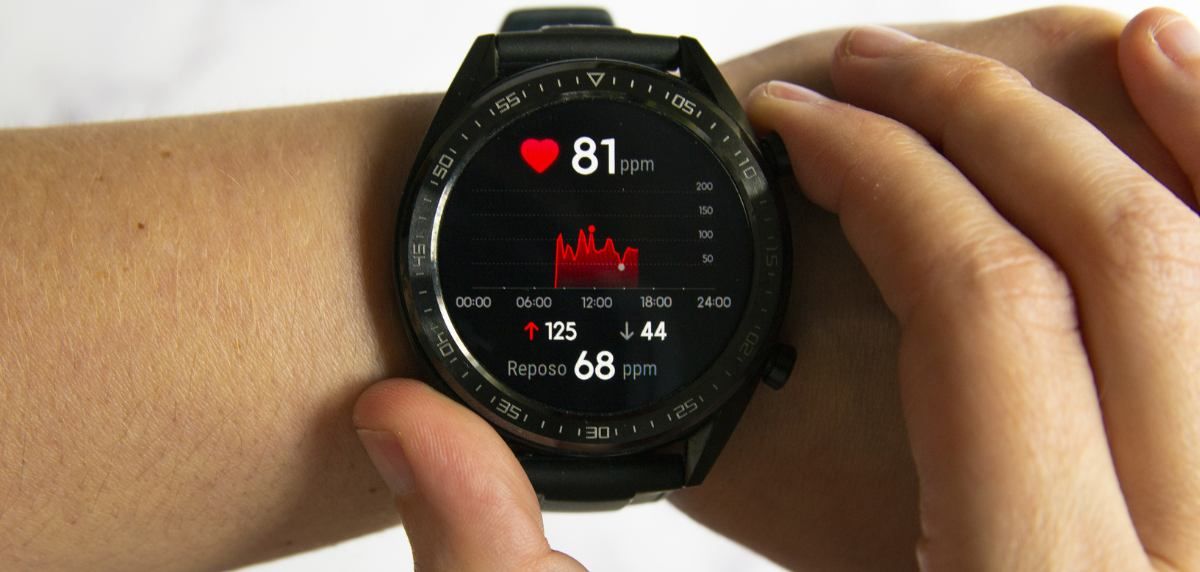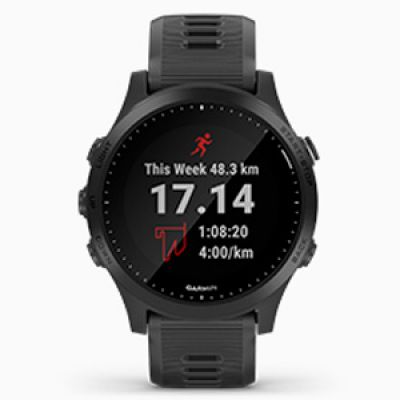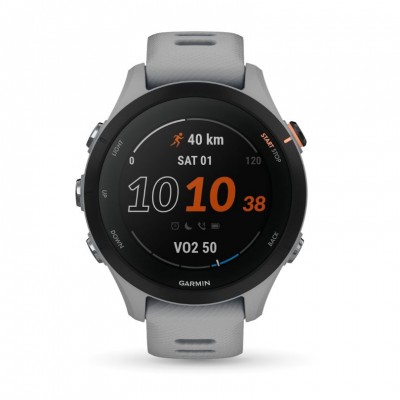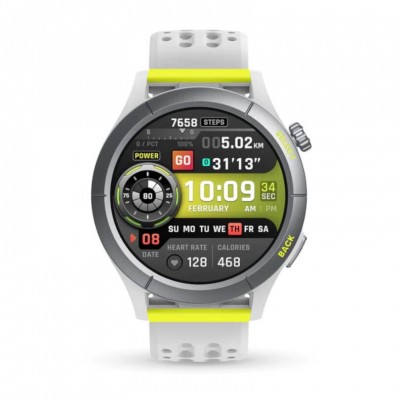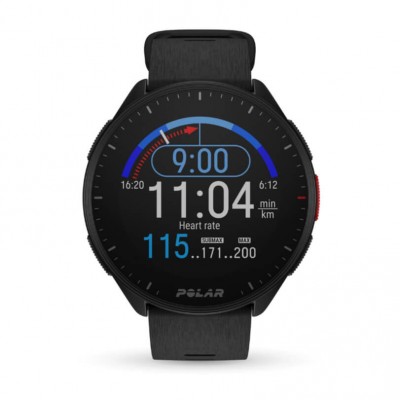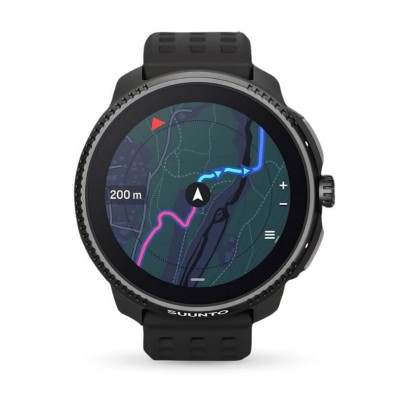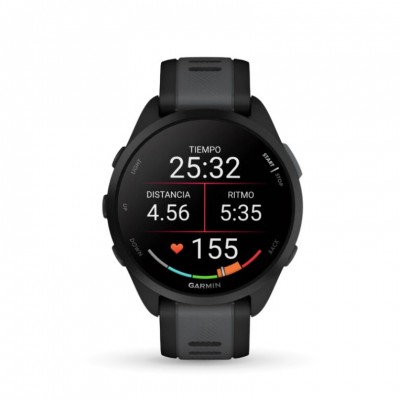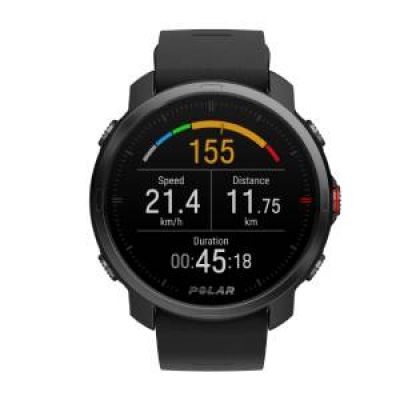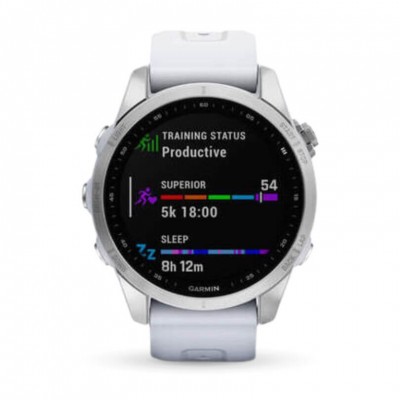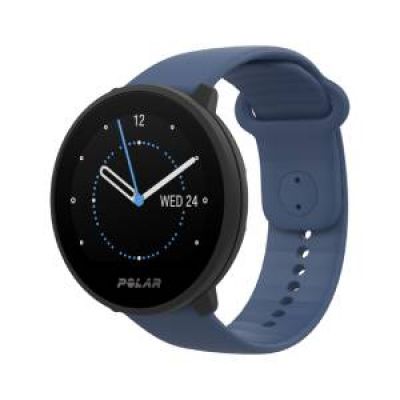In the world of running, resting heart rate (RHR) is an indicator that is often overlooked, but can provide valuable information about the overall fitness and health of an athlete, and therefore also of a runner. In this article, we will explore the science behind RHR and how we runners can use this metric to optimise training and improve our performance.
What is resting heart rate?
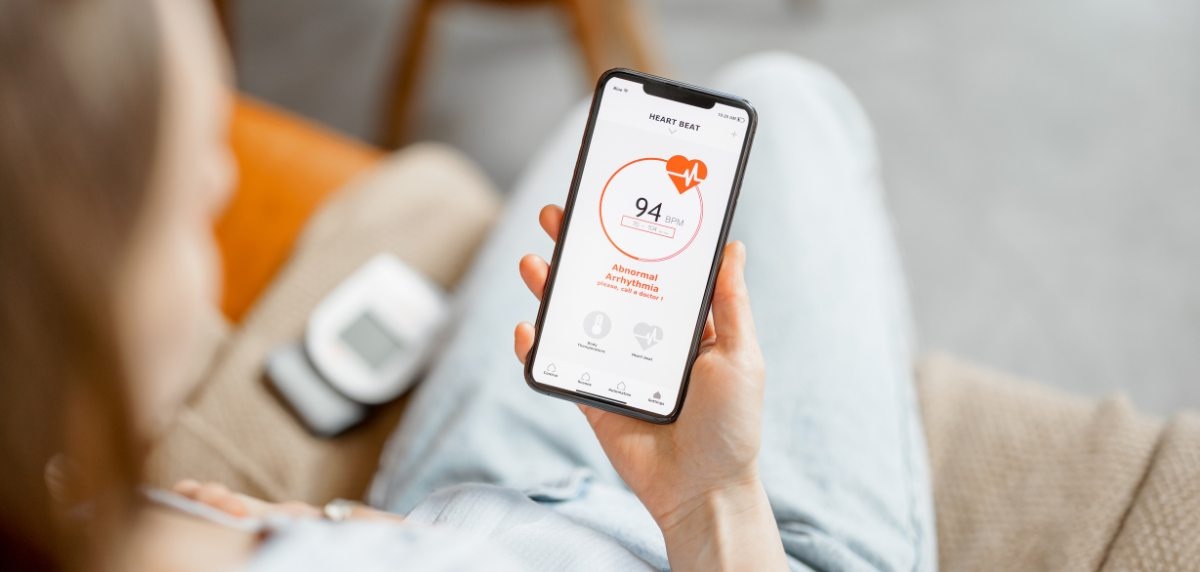
RHR refers to the number of heartbeats per minute when the body is at rest. It is an indicator of the efficiency of the heart and, in general, a lower RHR suggests a better level of cardiovascular fitness. Sportsmen and athletes tend to have a lower RHR due to the heart's adaptation to regular exercise.
The science behind RHR and its link to health
Several studies have shown that a lower RHR is associated with a lower risk of cardiovascular disease. This is because a more efficient heart can pump more blood with less effort, which reduces strain on the heart. On the other hand, a high RHR could be an indicator of health issues and should be closely monitored by your primary care physician.
Optimising training through RHR
We recreational runners can use RHR as a tool to optimise our training. Monitoring our RHR over time can help identify trends that may indicate overtraining or the need to adjust training intensity and volume.
Resting Heart Rate and age: what is the optimal heart rate?
It is important to keep in mind that the optimal RHR may vary according to age. Here is a general table showing the average RHR for different age groups:
- 18-25 years old: 62-84 beats per minute.
- 26-35 years old: 64-86 beats per minute
- 36-45 years old: 66-88 beats per minute
- 46-55 years old: 68-90 beats per minute
- 56-65 years old: 70-92 beats per minute
- Over 65 years old: 72-94 beats per minute
It is important to note that these values are averages and optimal RHR may vary depending on individual factors such as physical condition and overall health.
Detailed strategies to improve Resting Heart Rate (RHR)

Regular aerobic training: Aerobic training, such as running, swimming or cycling, strengthens the heart and can help reduce RHR. It is important to find a balance and not overdo it, as overtraining can have the opposite effect.
Strength training: Supplementing aerobic training with strength training is very beneficial. Strength training improves body composition and has a positive impact on RHR.
Recovery and sleep: Ensuring that the body has sufficient time to recover between workouts is crucial. In addition, getting enough sleep each night is critical for recovery and regulation of RHR.
Stress management and relaxation techniques: Practicing relaxation techniques such as meditation, yoga or deep breathing can help reduce stress, which is beneficial for RHR.
Hydration: Staying well hydrated is essential for heart health. Dehydration can cause an increase in RHR.
Healthy diet: Eating a balanced diet rich in fruits, vegetables, lean proteins and healthy fats can have a positive impact on RHR. Avoiding excess caffeine and alcohol is also beneficial.
Quit smoking: If you are a smoker, quitting smoking can significantly improve your RHR and overall cardiovascular health.
Regular monitoring: Monitoring your RHR regularly will allow you to be aware of any significant changes and adjust your habits or consult a physician if necessary.
Consult a healthcare professional: If you have concerns about your RHR or if you are starting a new exercise program, it is advisable to consult a physician or exercise specialist.
By implementing these strategies consistently, it is possible to improve resting heart rate and, consequently, cardiovascular health and running performance. It is important to remember that changes in RHR do not occur overnight and require a sustained and balanced approach.
What is the most appropriate way to measure our Resting Heart Rate?
Measuring Resting Heart Rate (RHR) should be done in a controlled environment for accurate results. Here are some tips for measuring RHR effectively:
Time and environment: measure your RHR in the morning, just after waking up and before getting out of bed. Make sure the environment is quiet and you are relaxed.
Position: Lie on your back in bed or on a comfortable surface. This ensures that your body is at rest and not affected by posture.
Measurement methods

a. Use of fingers: This is the least reliable option. Place your index and middle finger on your wrist (radial pulse) or neck (carotid pulse) and count how many beats you feel in 60 seconds. Be sure not to press too hard.
b. Using a heart rate monitor: Heart rate monitors, smart waches or heart rate monitors in the form of watches or chest bands are more accurate. Chest bands are usually more accurate than watches, but watches are more comfortable for everyday use. Make sure the monitor is in firm contact with the skin. Also, blood pressure monitors or blood pressure gauges can measure your heart rate.
c. Using a mobile App: There are mobile apps that can measure RHR using the phone's camera and flash. Simply place your finger over the camera and follow the app's instructions.
Logging and tracking: Write down your RHR and track it over time. This will help you identify trends and changes in your RHR that may be related to your health or fitness levels.
Consult a healthcare professional: If you notice significant changes or abnormal values in your RHR, it is advisable to consult a physician.
What if the Resting Heart Rate is too low?
While a low RHR generally indicates good physical condition, especially in athletes, an extremely low RHR, known as bradycardia, may be a cause for concern. Bradycardia is generally defined as a RHR of less than 60 beats per minute.
In some cases, bradycardia may be normal, especially in highly trained athletes. However, if a person is not highly trained and experiences symptoms such as fatigue, dizziness, shortness of breath or fainting, this may indicate that the heart is not pumping enough blood to the body. In such cases, it is important to consult a physician for proper evaluation and management.
RHR is a valuable metric that runners can use to monitor their cardiovascular health and optimize their training. By paying attention to RHR and implementing strategies to improve it, runners can improve their performance and reduce the risk of long-term health problems.
Read more news about: Running Training
